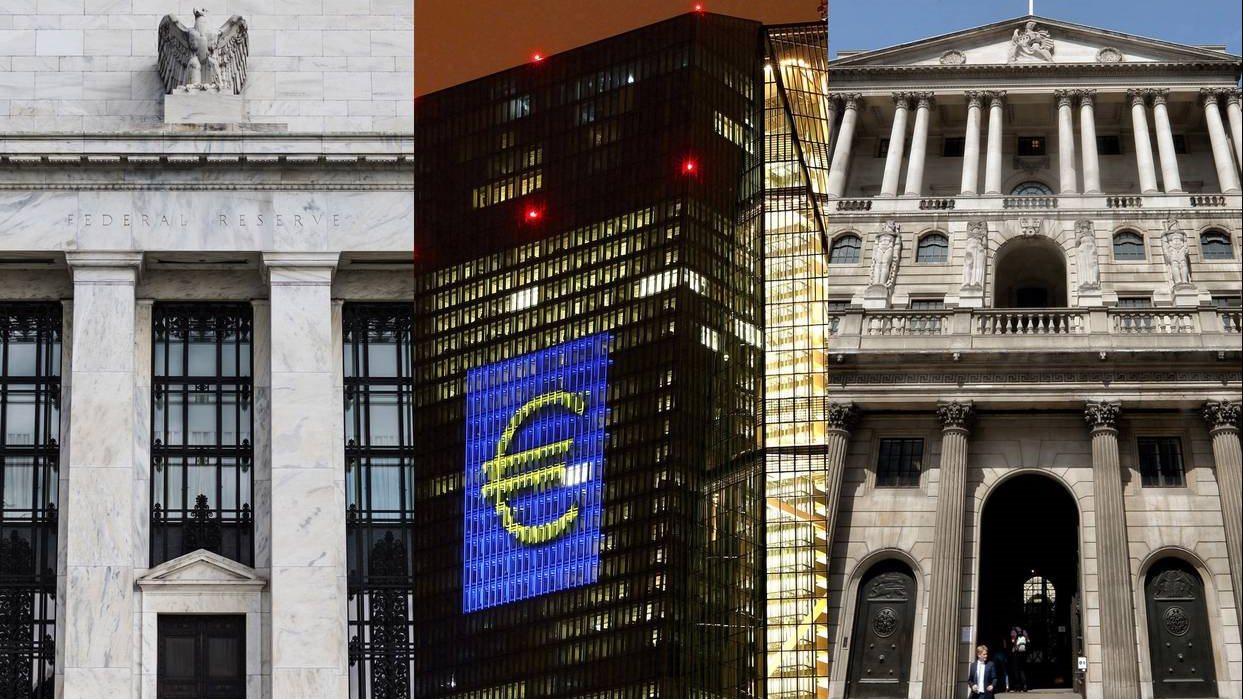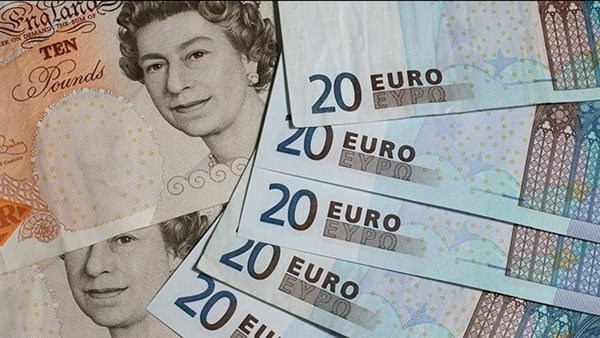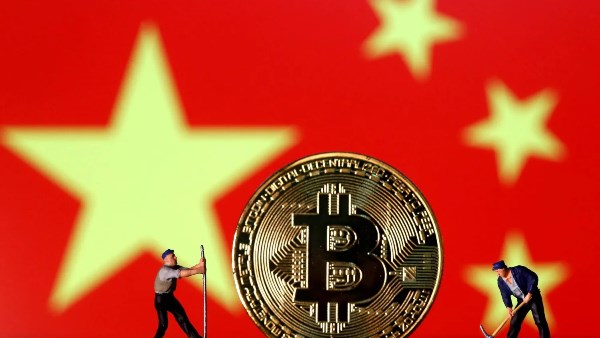
Gold prices have set a string of fresh record highs
Gold is now the world's second-largest reserve asset — but central bank appetite is waning

Central banks’ growing appetite for gold meant that the precious metal overtook the euro as the second-largest global reserve asset in 2024, according to a European Central Bank report out Wednesday — but analysts suggest some institutions may be nearing their fill.
Central banks’ gold stockpiles are close to levels last seen in the 1950s and 1960s. Combined with gold’s soaring price, it is now second only to the U.S. dollar as their biggest reserve holding in value terms, the ECB said in its analysis Wednesday.
Central banks amass liquid assets such as foreign currencies and gold as a hedge against inflation and to diversify their holdings. It also allows them to sell these reserves to support their own currency in times of stress. Gold in particular is seen providing long-term value and resilience through volatility, and central banks now account for more than 20% of its global demand, up from around one-tenth in the 2010s.
The ECB said survey data found gold was increasingly attractive to emerging and developing countries concerned about sanctions and the potential erosion of the role of major currencies in the international monetary system.
Gold prices have set a string of fresh record highs over the last few years, including in 2025. A stunning rally has turned to choppiness in recent months, as global markets have been rattled by fast-changing U.S. tariff policy.
A turning point for the precious metal came around the time of Russia’s full-scale invasion of Ukraine in February 2022, which combined with spiking inflation and expectations of rising interest rates, spurred a flight to so-called safe haven assets. Geopolitical and economic uncertainty has remained elevated consistently since then.
China has been a leading driver of the gold rally, with India and Turkey among its other major buyers.





-1120252475029447.jpg)
-920252122624392.jpg)















